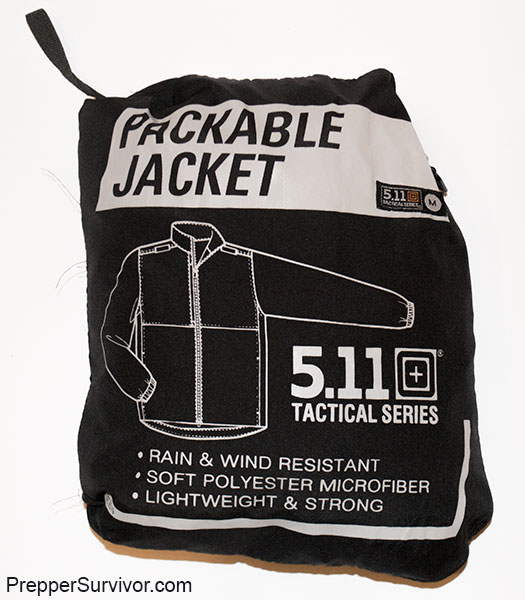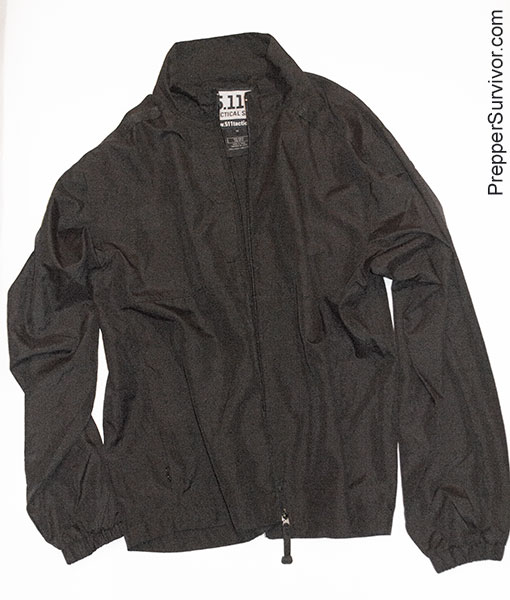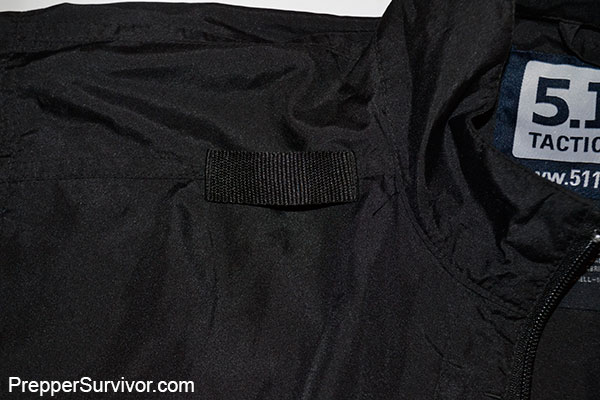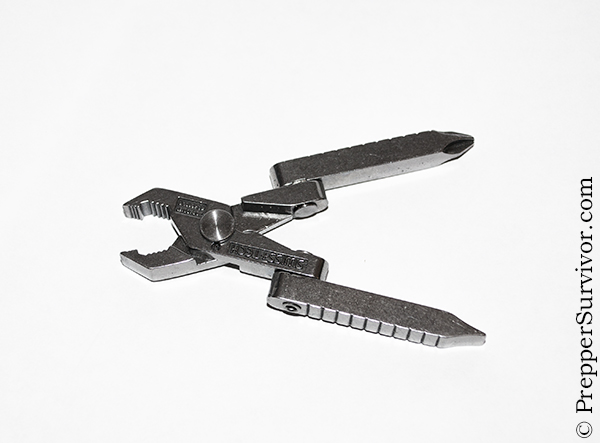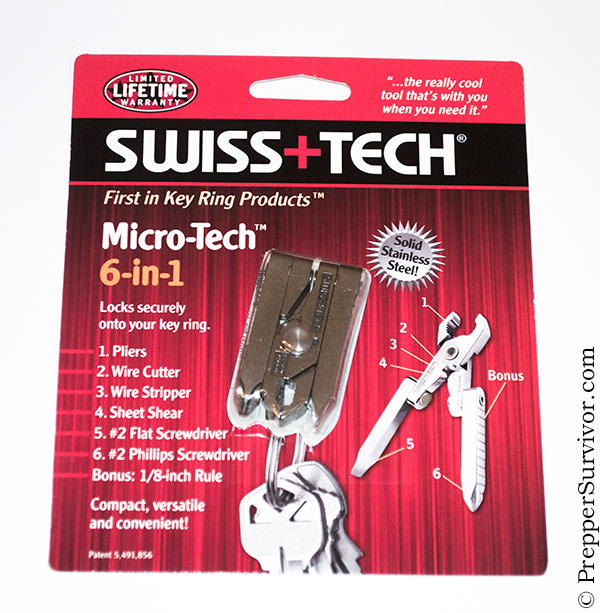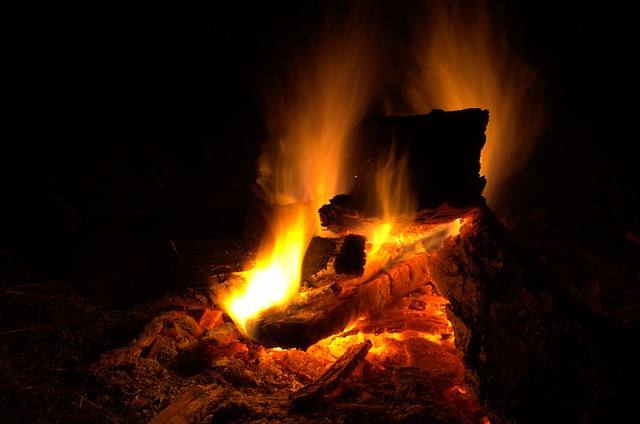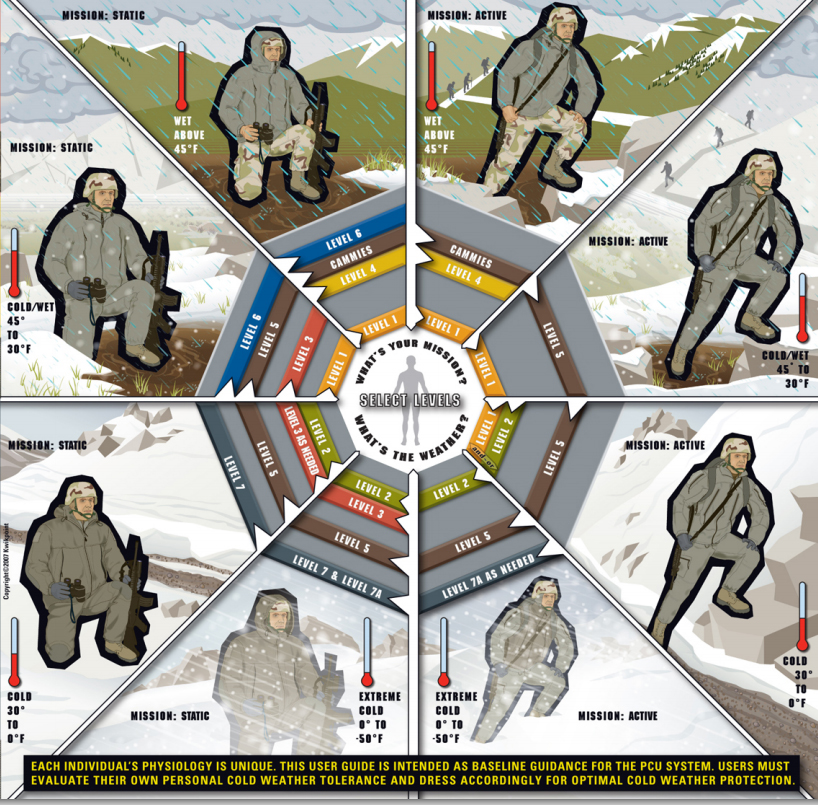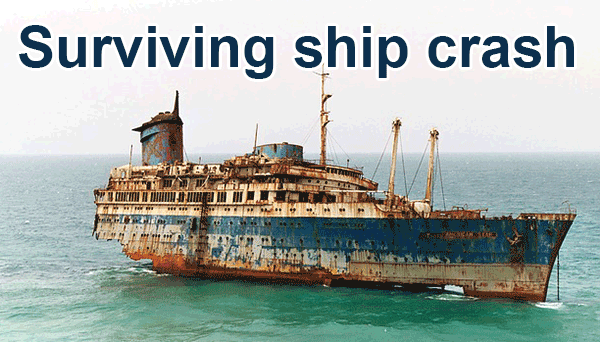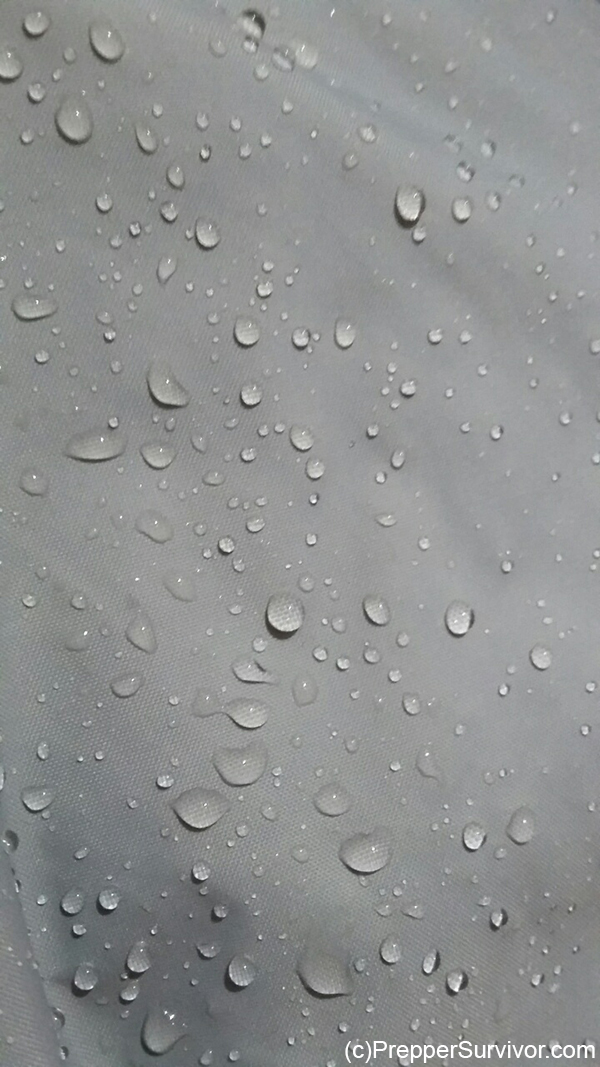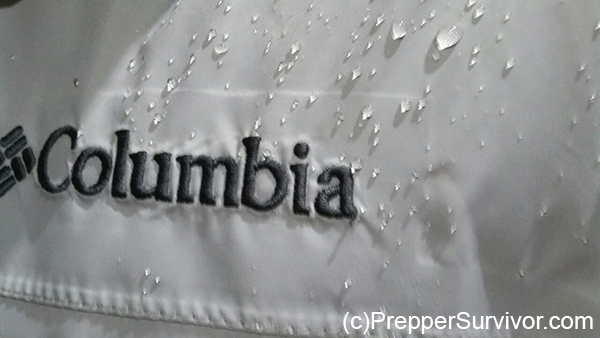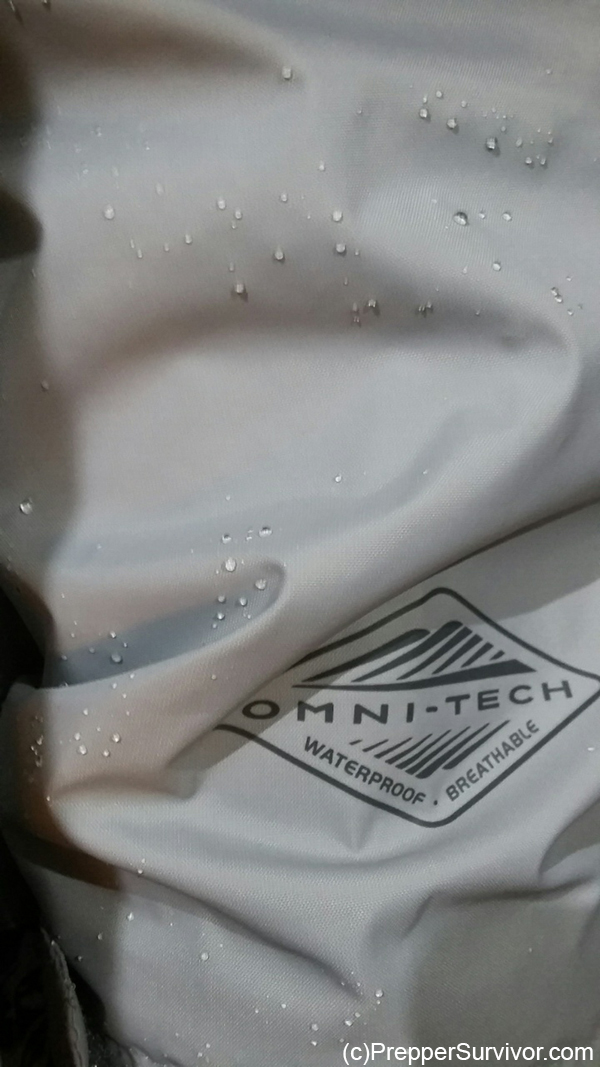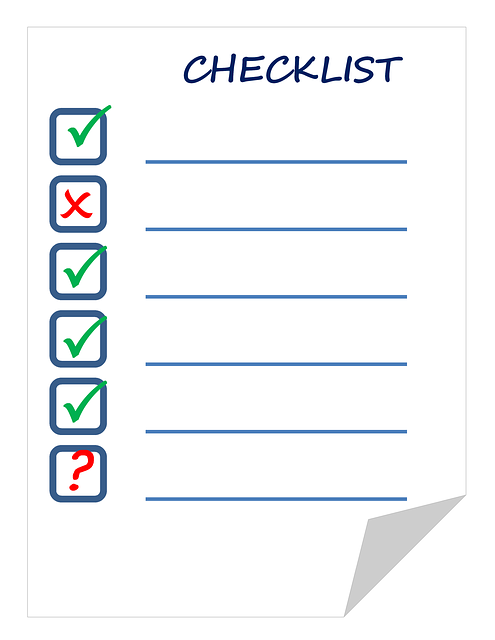Items to Barter in Bad Times

There are good times and there are bad times. Unfortunately, it is more common these days to experience bad times because of economic uncertainty and rising cost of living. But what can really be bad is enduring an expected event, such as a terrible storm, which prevents resources from the outside world from being made available to the people of your community. In tough situations like these, you may not have enough money to afford necessities, such as food, in order to survive. Either that or you won’t have access to your bank account for one reason or another to get more money. This means you will have to barter items that you already have with other people in exchange for these necessities. So what do you barter?
You have to remember that if you are experiencing a tough situation then the other people and businesses of your community are likely experiencing it as well. Therefore, you need to barter items that they would be interested in having. What you first need to do is take an inventory of all the items you currently have in your possession. Then you need to make a list of all your essential items. In the essential category, you should list items that people could need for survival, like canned food, clothes, water bottles, disposable razors, water purification supplies, sanitary supplies, first aid kits, fuel, hand tools, batteries, generators, coffee, tea, duct tape, bags, knives, flashlights and so on. If you have a spare cell phone or a solar powered cell phone charger that you don’t need for yourself, this could probably score you huge bartering points with someone.
Next see which of these items you have an overwhelming supply of and consider bartering that item for another item which you don’t have a huge supply of. For example, let’s say you have a whole kitchen cabinet full of canned food but you don’t have any water bottles. You might want to consider bartering these canned foods with a neighbor who will barter their water bottles. That way, both parties get what they want without drawing bloodshed over trying to get these necessities by some unlawful means. Now apply this same concept to your other essential items by trying to barter items you have a lot of in exchange for items that you don’t have a lot of. Then you can maximize your list of necessities until the terrible situation you are in comes to an end.
Food:
MRE – Meal Ready to Eat. The same that military use. Long shelf life. Flameless heater and spoon included.
S.O.S. Rations Emergency 3600 Calorie Food Bar – 3 Day / 72 Hour Package with 5 Year Shelf Life
Mountain House Freeze Dried Food.. Perfect for emergency preparedness, 12+ years in pouches and 25+ years in cans.
Water Filtration
LifeStraw Personal Water Filter. Inexpensive, compact, lightweight.
Potable Aqua Water Treatment Tablets.

